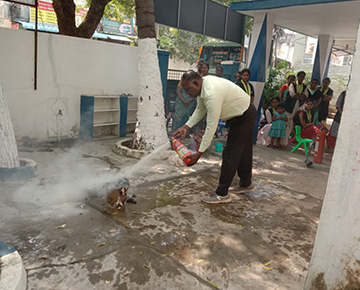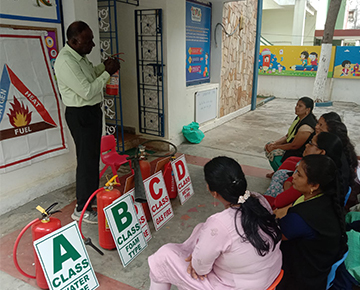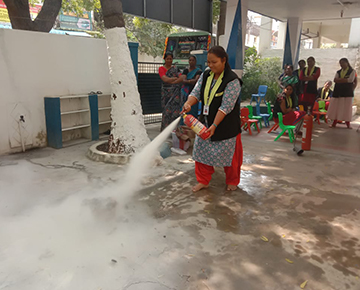Why do we need training in fire safety?
Evacuation Procedures: Fire safety training teaches people how to evacuate safely, including understanding exit routes, assembly points, and how to assist others during an evacuation.
Emergency Preparedness: Fire safety training helps individuals and organizations to be prepared for emergencies. Knowing what to do in the event of a fire, how to use firefighting equipment, and having an understanding of evacuation procedures can significantly reduce the risk of injuries and fatalities.
Proper Use of Firefighting Equipment: Fire safety training educates individuals on the correct usage of firefighting equipment such as fire extinguishers, fire hoses, and fire blankets. Knowing how to use these tools effectively can make a significant difference in controlling small fires before they escalate.
Protection of Property: Fire safety training helps protect property by reducing the likelihood of fires and minimizing the damage when they do occur. Quick and effective responses can save valuable assets and infrastructure.










